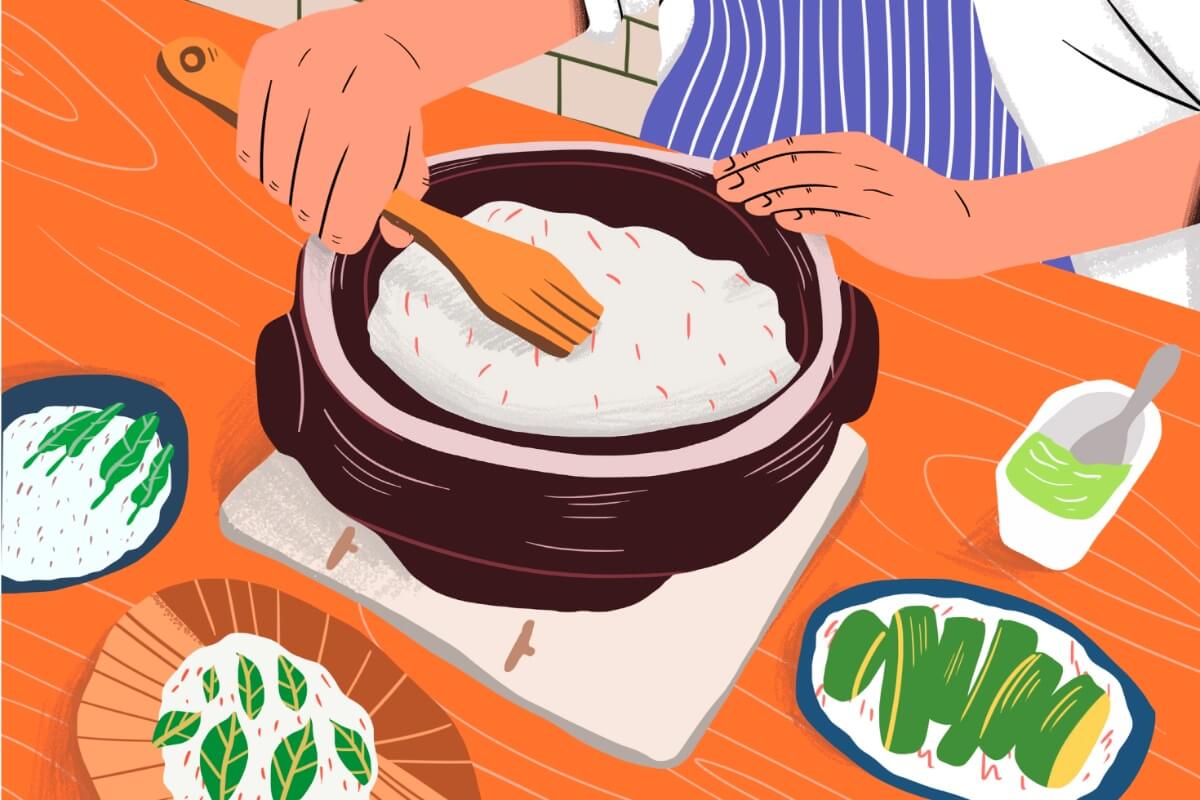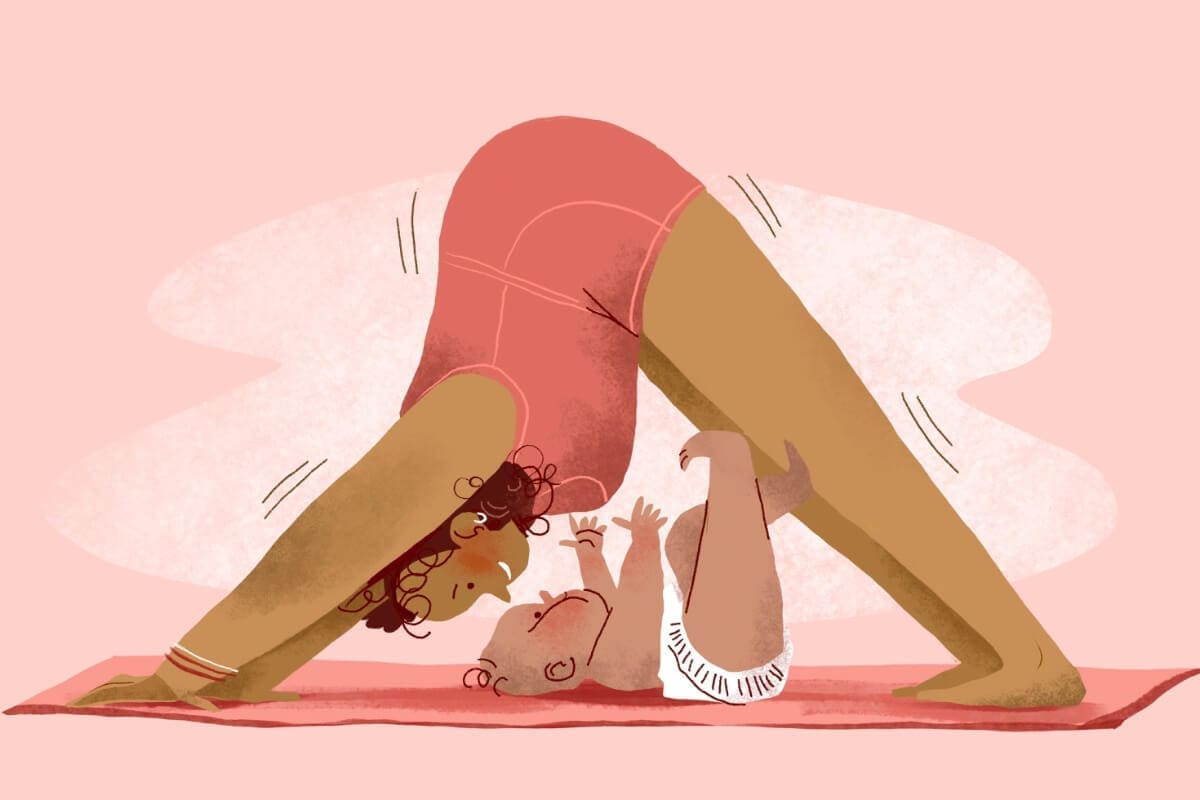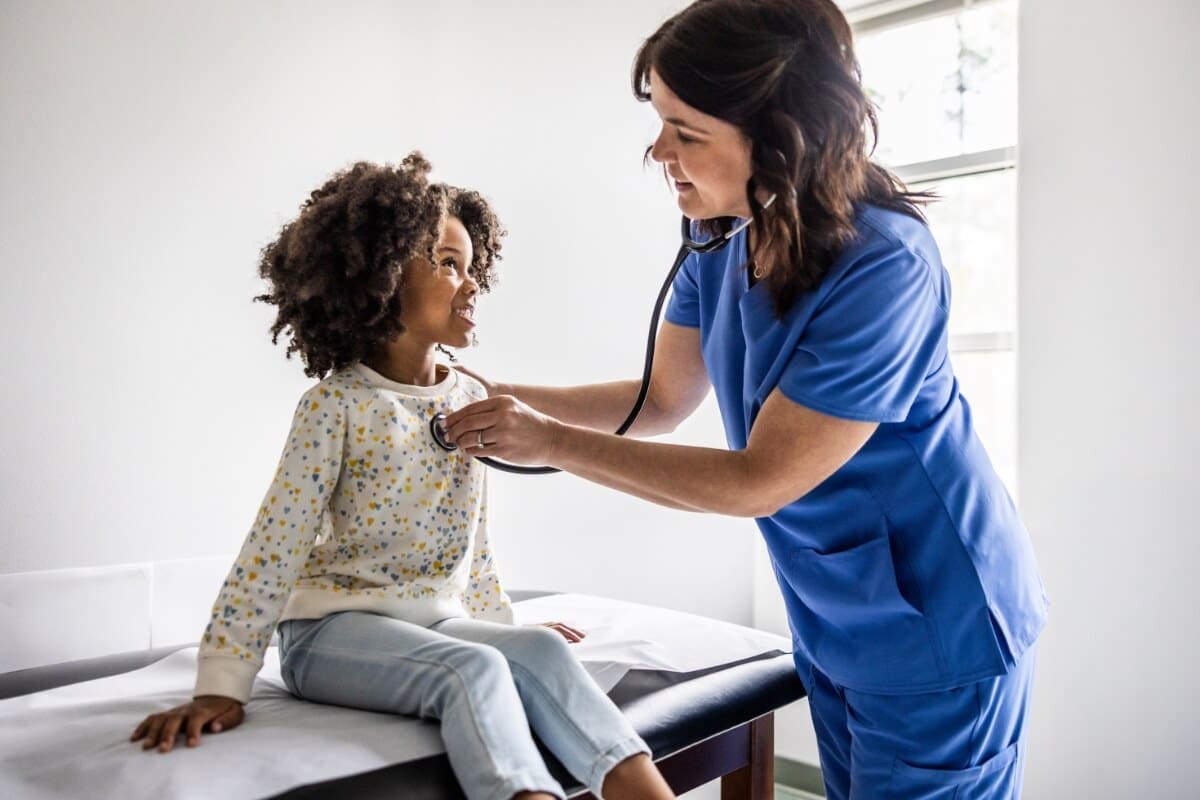Because young children are not able to hold a thermometer in their mouths, their temperature may be checked rectally or axillary (under the arm). Axillary temperatures are usually 1o lower than rectal temperatures, and rectal temperatures are the most accurate. All temperature guidelines listed in this chart are rectal. Temperatures above 105o (oral) can be dangerous, and need immediate medical attention.
American Academy of Family Physicians.
American Academy of Family Physicians.
Fever in Infants and Children
Step 1
Selecting A Symptom
- Abdominal Pain (Stomach Pain), Long-term
- Abdominal Pain (Stomach Pain), Short-term
- Ankle Problems
- Breast Problems in Men
- Breast Problems in Women
- Chest Pain in Infants and Children
- Chest Pain, Acute
- Chest Pain, Chronic
- Cold and Flu
- Cough
- Diarrhea
- Ear Problems
- Elimination Problems or Constipation
- Elimination Problems or Constipation in Infants and Children
- Eye Problems
- Facial Swelling
- Feeding Problems in Infants and Children
- Fever
- Fever in Infants and Children
- Foot Problems
- Genital Problems in Infants (Female)
- Genital Problems in Infants (Male)
- Genital Problems in Men
- Genital Problems in Women
- Hair Loss
- Hand/Wrist/Arm Problems
- Headaches
- Hearing Problems
- Hip Problems
- Knee Problems
- Leg Problems
- Lower Back Pain
- Menstrual Cycle Problems
- Mouth Problems
- Mouth Problems in Infants and Children
- Nausea and Vomiting
- Nausea and Vomiting in Infants and Children
- Neck Pain
- Neck Swelling
- Shortness of Breath
- Shortness of Breath in Infants and Children
- Shoulder Problems
- Skin Rashes & Other Skin Problems
- Throat Problems
- Tooth Problems
- Urination Problems
Step 2
Answering Questions
Is your child two months or younger with a fever of 100.4°F or higher?
Is your child older than 2 months with a fever of 102°F or higher that is unresponsive to fever-reducing medicine (children’s acetaminophen or children’s ibuprofen)?
Does your child have a low-grade fever (up to 101°F) runny nose, and is the child tired and cranky?
Does your child have a low-grade fever (up to 101°F) and a harsh, barking cough (sounds like a seal)?
Does your child have a low-grade fever with nausea or vomiting?
Is your child also complaining of stomach pain?
Does your child have watery diarrhea and a low-grade fever?
Is your child pulling at his or her ear, and is he or she irritable?
Does your child have a rash, cut, or wound that is red, swollen, and tender?
Does your child have a low-grade fever and sore throat?
Is your child experiencing shortness of breath?
Does your child also have a severe sore throat, problems swallowing, and are the child’s skin or lips turning blueish? Is your child sitting up and leaning forward putting weight on one or both arms (“tripoding”)?
Does your child have a slight fever (less than 101.5°F), along with rapid breathing and wheezing?
Does your child have a high fever with shaking chills, chest pain, and coughing up green or yellow mucus?
Is your child feeling very ill, complaining of headaches and vomiting, and does he or she have a stiff neck?
Does your child have blisters scattered over their face, back, chest, and stomach?
Did your child’s illness start with a high fever and cold-like symptoms, with a red rash appearing on his or her face (slapped cheek appearance) 4 or 5 days later?
Did your child’s illness start with a sore throat and fever, with a red rash with small bumps that spread from the face downward appearing 3 to 5 days later?
Does your child have swelling under the jaws on one or both sides of their neck?
Does your child have either a runny nose or diarrhea with a high fever?
Does it hurt or burn when your child urinates and does he or she have back pain?
Does your child have a fever following a recent immunization?
Step 3
Possible Causes
Diagnosis
This may be a sign of a serious INFECTION.
Self Care
Call your child’s doctor or go to the nearest emergency room.
Diagnosis
Your child’s symptoms may be from a simple VIRAL INFECTION, such as a COLD or FLU.
Self Care
Treat your child with non-aspirin fever-reducing medicines (children’s acetaminophen and/or children’s ibuprofen). Make sure your child drinks plenty of fluids and gets enough rest. Chicken soup may also help relieve COLD and FLU symptoms by breaking up congestion. See your child’s doctor if symptoms persist for more than 48 hours or worsen, or if your child is complaining of ear or throat pain. Also, be sure to contact your child’s doctor if your child’s temperature continues to climb despite frequent use of the anti-fever medicine. Do not give children 5 years and under cough or cold medicines.
Diagnosis
These may be symptoms of CROUP, a viral infection/inflammation of the upper airway.
Self Care
Mild cases of croup can be treated at home. Make sure your child gets plenty of rest and drinks lots of fluids. A cool mist humidifier or cool air can help. See your child’s doctor right away if your child is having problems breathing or swallowing, or if your child develops a blue or grayish color around the nose, mouth, or fingernails.
Diagnosis
Pain in the mid-abdomen that moves to the right lower area, along with fever and vomiting, may be signs of APPENDICITIS.
Self Care
Contact your child’s doctor immediately.
Diagnosis
Your child may have VIRAL GASTROENTERITIS, an intestinal infection.
Self Care
DIARRHEA and vomiting can quickly lead to DEYHYDRATION. Give your child an oral rehydration solution to prevent it. A simple way to make a home-based ORS is to boil a cup of white rice until the rice has completely overcooked and split and the water is cloudy. Keep the water and throw out the mushy rice. The water replaces the electrolytes lost in diarrhea.
For the fever, give your child a non-aspirin fever-reducing medicine (children’s acetaminophen or children’s ibuprofen). Call your child’s doctor after 24 hours if the fever continues to climb or if your child cannot keep down any fluids.
Diagnosis
Ear pain may be from a middle ear infection or OTITIS MEDIA. In younger children, TEETHING PAIN may radiate to the ear.
Self Care
A warm, moist cloth placed over your child’s ear may help relieve the pain. If your child’s symptoms last longer than 24 hours, see your child’s doctor.
Diagnosis
Your child may have an infection of the skin called CELLULITIS.
Self Care
See your child’s doctor right away. This condition needs to be treated with antibiotics.
Diagnosis
Your child may have STREP THROAT or PHARYNGITIS.
Self Care
See your child’s doctor right away. STREP THROAT is usually treated with antibiotics. If your child has a viral infection, antibiotics won’t help. Give your child lots of water if they are over 1 year. If the child is under 1 year, continue to offer breast milk or formula regularly. If they are able to gargle, a warm salt water may also help soothe your child’s throat.
Diagnosis
You child may have EPIGLOTTITIS, the swelling of the airways.
Self Care
See your child’s doctor, take your child to the closest emergency room, or call an ambulance right away.
Diagnosis
These may be symptoms of BRONCHIOLITIS or BRONCHITIS. While BRONCHIOLITIS produces a dry cough, a BRONCHITIS cough usually produces a yellow-green mucus.
Self Care
Give your child a non-aspirin fever-reducing medicine (children’s acetaminophen or children’s ibuprofen) and be sure he or she drinks plenty of fluids. A cool-mist vaporizer may help ease congestion. See your child’s doctor if your child can’t keep liquids down, or is breathing very fast, or you can see the child’s ribs clearly with each breath. Seek immediate medical attention if your child’s skin is turning blue, especially around the lips, nose, or fingernails.
Diagnosis
Your child may have PNEUMONIA.
Self Care
See your child’s doctor right away.
Diagnosis
Your child may have MENINGITIS, a serious infection of the membranes and fluid around the spinal canal and the brain.
Self Care
See your child’s doctor or go to the closest emergency room right away.
Diagnosis
Your child may have CHICKENPOX or MEASLES, extremely contagious viral illnesses.
Self Care
See your child’s doctor right away. These can be prevented by vaccinating your children per the recommended schedule.
Diagnosis
Your child may have PARVOVIRUS INFECTION, also called FIFTH DISEASE.
Self Care
See your child’s doctor right away. Treat your child with non-aspirin fever-reducing medicine (children’s acetaminophen or children’s ibuprofen), if needed.
Diagnosis
Slightly larger bumps may be from MEASLES. Small “sandpaper” bumps may be from SCARLET FEVER, a strep infection in the blood. Other symptoms of SCARLET FEVER may include vomiting, abdominal pain, and muscle aches.
Self Care
See your child’s doctor right away. SCARLET FEVER is usually treated with antibiotics. However, antibiotics are not effective in the treatment of viral infections, such as measles. If your child has measles, make sure he or she gets plenty of rest. For the fever, use a non-aspirin fever-reducing medicine (children’s acetaminophen or children’s ibuprofen).
Diagnosis
Your child’s fever and swelling may be from the MUMPS.
Self Care
Call your child’s doctor right away. MUMPS is a viral infection, so antibiotics aren’t effective in treating it. Apply ice or heat to the swollen area to help relieve the pain. A warm salt water gargle, soft foods, and lots of fluids may also help. This can be prevented with routine childhood immunizations.
Diagnosis
Your child may have a simple VIRAL INFECTION, even with the high fever.
Self Care
Call your child’s doctor. Your child’s doctor can rule out other causes for your child’s symptoms. Use anti-fever medicine (children’s acetaminophen or children’s ibuprofen).
Diagnosis
Your child may have PYELONEPHRITIS, a kidney infection.
Self Care
See your child’s doctor.
Diagnosis
This may be a REACTION TO THE IMMUNIZATION.
Self Care
Treat the fever with children’s acetaminophen or children’s ibuprofen. If the fever is higher than 103°F, see your doctor right away.
WARNING:
Don’t give children aspirin without your child’s doctor’s approval due to the risk of Reye’s syndrome.
Self Care
For more information, please talk to your doctor. If you think the problem is serious, call your doctor right away.












